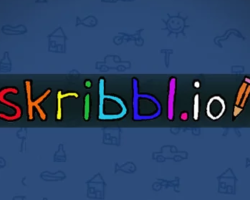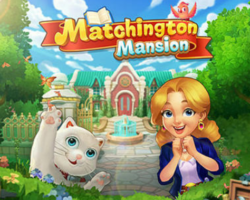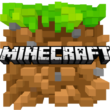Advertisement
Tag After School

Tag After School takes place in a quiet school environment, after the final bell has rung and most students have gone home. Players step into the role of a student who remains on campus and begins exploring empty classrooms, long corridors, and locked doors. The game combines light exploration with decision-making, as players choose how to interact with different areas and characters that appear. The setting creates a mix of familiarity and tension, with events happening in places usually seen as safe and routine during the daytime.
Choices and Exploration
As players move through the school, they are given various options that affect the outcome of each situation. Choices can lead to different scenes, alternate dialogue, or even entirely new routes through the story. This encourages replayability, as each path reveals more about the setting and the people who once filled it. Some decisions are tied to specific in-game times or locations, so players are expected to experiment and explore more than once to see everything the game offers.
Core Elements Included in the Gameplay
The main aspects of Tag After School include:
- Dialogue-driven decision making
- A single environment with changing interactions
- Character encounters based on player choices
- Multiple endings depending on the route taken
- Unlockable scenes and content after replays
These elements make the game less about fast action and more about observation, timing, and selecting the right path. Players are encouraged to think about their responses and explore different outcomes without being rushed by time limits or complex mechanics.
Atmosphere and Progression
While the game remains grounded in one primary location, the atmosphere changes depending on player actions and progression. Certain areas may become accessible later in the game, and some interactions only appear under specific conditions. This makes each playthrough slightly different and adds subtle layers to the story. The game uses sound and lighting to mark changes in mood, gently shifting the tone without relying on large-scale changes to the environment itself. These subtle shifts help create a sense of anticipation as players continue through their chosen path.
Designed for Replay and Discovery
Tag After School focuses on a small but detailed space, inviting players to revisit it multiple times. Rather than expanding the world, it deepens the existing one, using branching stories and repeat interactions to build familiarity. Over time, players begin to notice patterns and hints that guide them to alternate outcomes. This structure rewards curiosity and observation, allowing players to slowly uncover everything the game has to offer at their own pace.
Advertisement






















































































Comments